The Maker Movement is a technological and creative revolution underway around the world. Fortunately for educators, the Maker Movement overlaps with the natural inclinations of children and the power...
Research and publish the best content.
Get Started for FREE
Sign up with Facebook Sign up with X
I don't have a Facebook or a X account
Already have an account: Login
Tech tools that assist all students to be independent learners & teachers to become better teachers
Curated by
Beth Dichter
 Your new post is loading... Your new post is loading...
 Your new post is loading... Your new post is loading...
|

Lisa Gorman's curator insight,
March 5, 2015 7:25 PM
An excellent article for parents of children or indeed ADULTS who are interested in maximising their learning... lots of references to brain-based studies for your exploration here! |



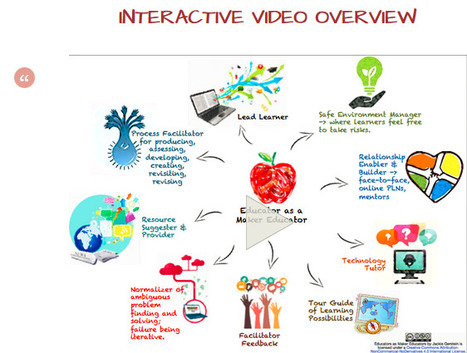

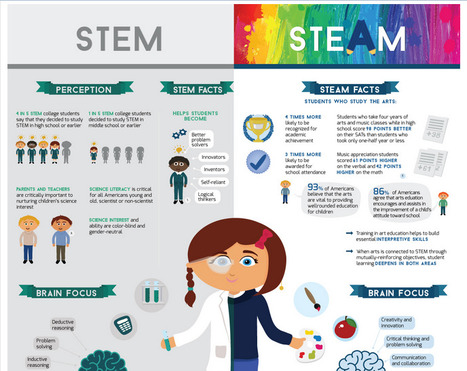
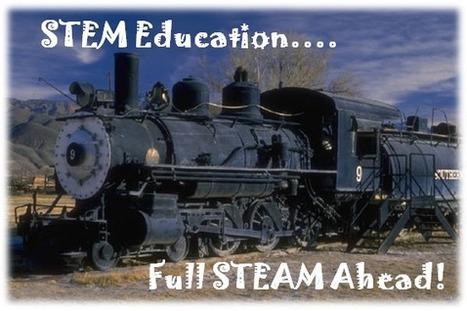
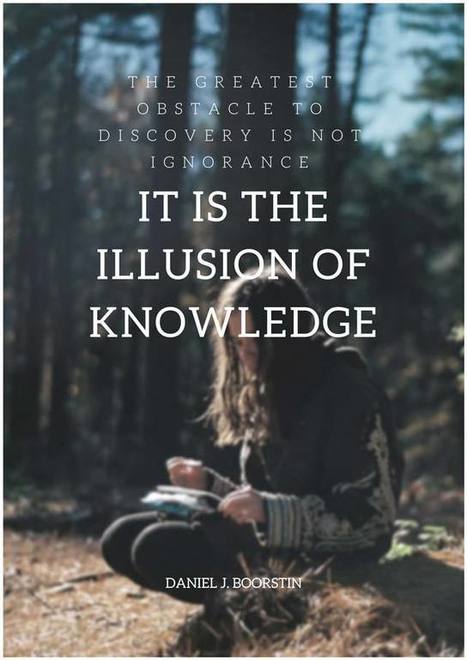
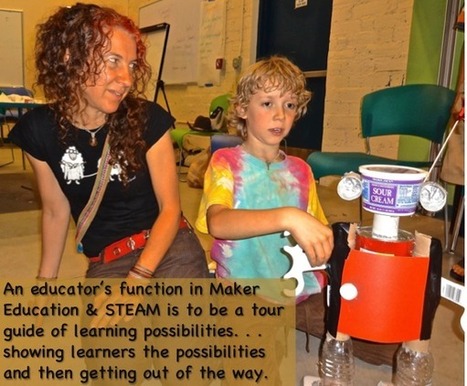





Jackie Gerstein has created a new website that explores the Maker Movement. If this is an area that you would like to explore you will find 10 areas that you can explore:
* Paper Circuits
* Squishy Cirtuits
* Bare Conductive Paint
* Sew Electrics
* Operation Game
* Toy Take Apart
* Soldering Projects
* LittleBits
* Makey Makey
* Hummingbird Robotics
Each of these areas leads to a webpage and the ones I checked out included a number of videos to help you understand the topic as well as some documentation and additional resources.
She also includes a brief video that helps you understand what the Maker Movement is (and you hear from learners involved in a number of projects). In addition there is a ThingLink (based on the image above) that provides links to additional resources.
The Maker Movement provides learners with opportunities to create something that is new to them. It is authentic learning and learners will go through iterations as they work through the process, and potentially experience failure that will help them become successful.